My weekend in the Civil War
A few weekends ago I was helping out on a video shoot that would play at the upcoming American Advertising Federation D.C. chapter’s Addys Awards gala. No spoilers here, but the video tells the story of one brave lady’s journey through a Civil War reenactment. During some down time I had the opportunity to make some images of the re-enactors. I was incredibly impressed with their attention to detail, ability to take direction and do the little things to make the scene better, and their overall joy with what they were doing. If you ever find yourself with the need for Civil War or just period actors, talk to Guy over at Old Timey Casting.
Shooting Notes: The conditions on shoot were all over the place. We started with snow on the ground and uniform cloud cover. Over the course of the day, the snow melted, the sun came and went (and came and went some more), and the wind picked up. The only consistent element was that it was chilly! All images were made with either a Canon 5Dmk3 or 5Dmk4, and the Sigma 35mm ART, Canon 85 f1.4L IS, or the Canon 24-70 f2.8L. Some of the portraits benefited from a Profoto A1 shot through an umbrella. I had dreams of using the B1’s with a bigger modifier but the weather conditions were uncertain enough that I didn’t want to risk it without an assistant. All of these images were imported into CaptureOne Pro and “mussed up” in Nik Analog Efex Pro 2. If any of these make it to my portfolio they will likely get further worked in Photoshop.
Shoot: 2017 Addy's Winners with AAF-DC
I’ve been a member of the D.C. chapter of the American Advertising Federation (formerly the Ad Club) since I moved to D.C. in 2010. Joining an organization that is adjacent to, and often interacts with, your own industry is an easy way to understand how your own profession fits into the greater scheme of things. I personally love elegant communication strategy and execution in all forms whether it’s written, visual, aural, or all of the above.
I was (and am) a member of the committee that promotes and puts on the yearly “Addys” awards banquet, held each spring. One of our goals is to raise awareness of the awards and encourage more agencies and groups, of all sizes, to enter their work. One of the strategies we came up with was to interview previous award winners and make engaging portraits. The results would be shared on the AAF-DC blog and social media. Through mentions and tagging, our strategy as to get each subject to help us in spreading the word using their own social media channels. As past winners, they served as our evangelists.
The trick with this shoot was to come up with a studio set-up that I could drag, alone, into different agency offices. It had to be small, easily replicable, and have few moving parts. The theme was “unexpected” so we also needed a mechanism that allowed people to be fun and unique, but not so much that it required an intricate production. After some experimenting, I came up with the idea of a white (light gray) background and a white tabletop. I would intentionally have the subject on a low stool so they would be forced to interact with the white/off-white line formed at the intersection of the two. That was it. Everything else in the image would be up to the subject.
First a Few Self-Portraits to Nail Down the Lighting…
And, a few of the resulting images… . (Click for larger images.)
The Technical Stuff…
The set was pretty straightforward. I had picked up a Lastolite Hilite a few days earlier and that, with a Profoto A-1 inside, gave me a fairly uniform front. The key light was a Profoto B2 with a 22” beauty dish directly over camera. The white table top doubled as a bounce. This way the subject would have pretty much unlimited movement within the space and still be well lit. Everything was shot with a Canon 5D Mark 4 and a 50mm prime, tethered to Capture One Pro. Everything was around f7.1. Black and White Conversions were done in Capture One 10, using my own secret sauce.
Michael Douglas for Science News
No, not that Michael Douglas.
Here are some outtakes and "sketch" images (see below) for the last of a three part shoot I did for Science News earlier this spring. Michael Douglas, who was adopted, has a genetic disease called Ehlers-Danlos syndrome. As a result of this, his blood vessels don't constrict properly and he has had a constant migraine for over years. Using three different testing companies and some sleuthing, he found his birth family in southern Maryland, and was able to learn more about his family's medical history. We shot these images on a perfectly cloudy day on Solomon's Island.
![Portrait of Michael Douglas made on May 17, 2018 on Solomons Island, Maryland, for Science News. [copyright Matthew Rakola]](https://images.squarespace-cdn.com/content/v1/5810b797414fb5635ec17858/1529069527337-QWCB6M8FAWZ55UEL0S7D/18-117-055.jpg)
![Portrait of Michael Douglas made on May 17, 2018 on Solomons Island, Maryland, for Science News. [copyright Matthew Rakola]](https://images.squarespace-cdn.com/content/v1/5810b797414fb5635ec17858/1529069639910-T7F0SU4I6V67H96SOFFP/18-117-157.jpg)
![Portrait of Michael Douglas made on May 17, 2018 on Solomons Island, Maryland, for Science News. [copyright Matthew Rakola]](https://images.squarespace-cdn.com/content/v1/5810b797414fb5635ec17858/1529069527222-CR7BHOPTSVVUNPYBV00X/18-117-115.jpg)
![Portrait of Michael Douglas made on May 17, 2018 on Solomons Island, Maryland, for Science News. [copyright Matthew Rakola]](https://images.squarespace-cdn.com/content/v1/5810b797414fb5635ec17858/1529069528653-Y33BKMN2HIU2X47CQ41Q/18-117-155.jpg)
![Portrait of Michael Douglas made on May 17, 2018 on Solomons Island, Maryland, for Science News. [copyright Matthew Rakola]](https://images.squarespace-cdn.com/content/v1/5810b797414fb5635ec17858/1529069529204-J92AWAXCHT1V9HS5LXUH/18-117-192+1.jpg)
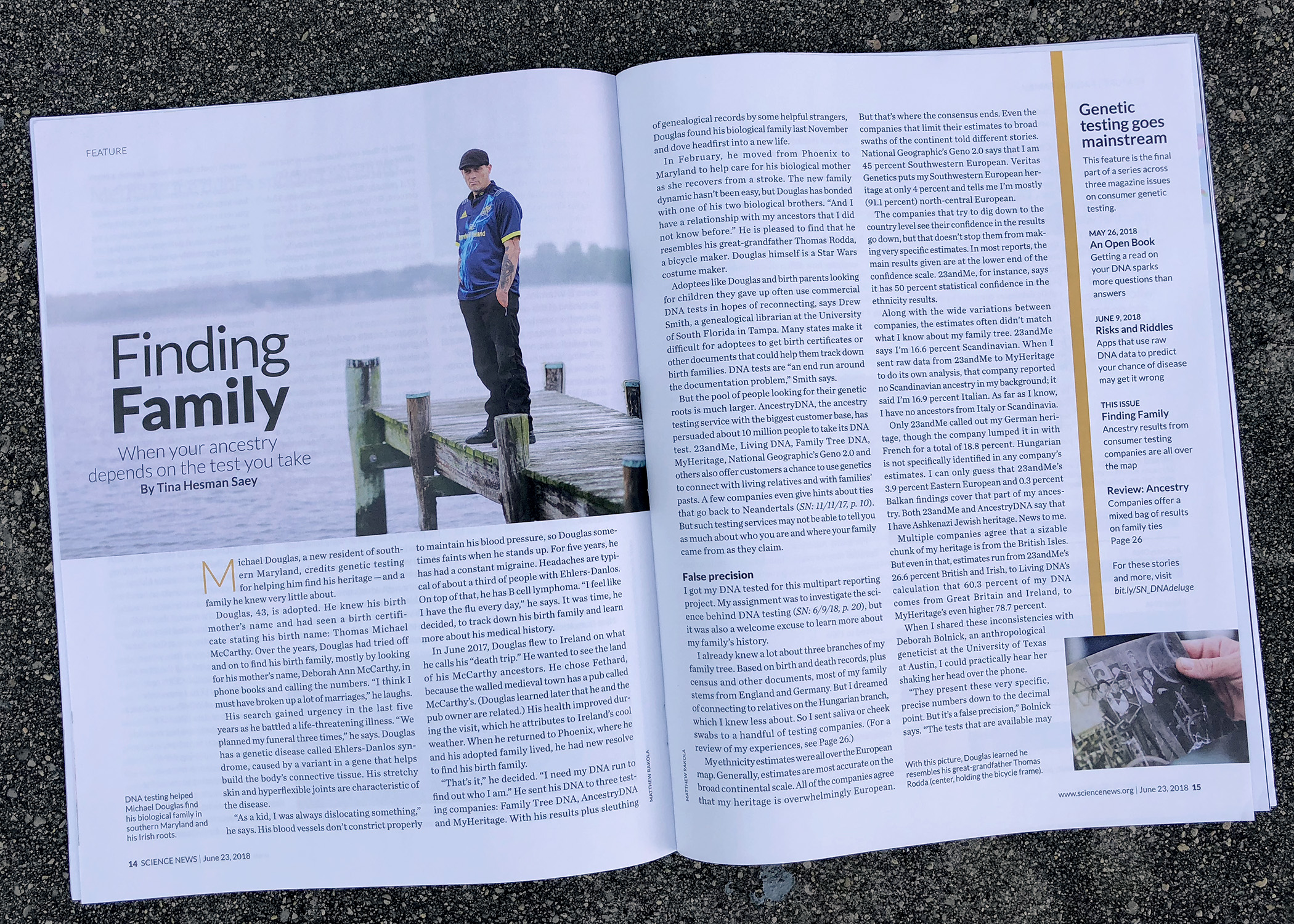
I like to "sketch" images from shoots. These are basically just quick stylistic treatments that aren't necessarily how I imagine they'll be used by the client, but nevertheless provide a good way to explore different "feels". Increasingly, I am previsioning shoots with different post production styles in mind. (Look at me getting all artsy!)
Most often for these sketches I'll use Analog Efex Pro 2 by Nik software (recently purchased by DxO). I rarely save recipes because I want to avoid being in a rut, utilizing the same "tricks" time after time. Having said that, I do have a few basic recipes that I start with as a base and I will individually salt to taste each image afterwards.
Big thanks to assistant Steven Wesley for humoring me, arriving 2 hours early to scout the location and listen to me mutter, "it's gonna rain any second now..." Also big thanks to Erin Otwell at Science News for the assignment and for being so open to creative interpretations on this and the first two parts of the assignment.
Tech specs, because people ask: All of the portrait images were made with a Canon 5Dmk4 with the amazing Canon 85mm f1.4 IS L series lens, EXCEPT for the first image, which was made with Sigma's 35mm 1.4 ART lens. Both of these lenses are really really pretty in their own way. Lighting was via a Profoto B1 and their collapsible 22" beauty dish. The latter of which, while it feels flimsy, is a pretty nice little modifier. All images put through CaptureOne Pro and processed in Nik Analog efex Pro 2. I don't think any of these ever hit Photoshop.
This is Not a Political Post
This is not a political post, it's an origin story.
Once up on a time there was a kid who grew up in Maine. (For argument's sake, let's say that it was me.) He liked his hometown and all, but couldn't shake the feeling that everything was happening somewhere else. He didn't know anything more specifically, except that sometimes his little corner of the world felt like the outer rim, far away from the center of the galaxy. (Yes, that was a Star Wars reference.) I'm not saying that this is accurate, fair, or right, but it's just what he was feeling. Really important things (again he wasn't sure what) just didn't happen in Orono, Maine.
One day in 1992, during his (probably) Junior year of high school, he finds out that someone important (he suspects) is coming to the University of Maine to speak. Hillary Rodham Clinton was stumping for her husband, Bill Clinton, who was running for President. Not only was someone important 'from away' coming to town, but the venue was 200 yards from his house. His little corner didn't seem so remote anymore.
I can't remember the details, except that obviously I called someone, told them I was representing my high school newspaper, and secured press credentials. I do remember going through the secret service checkpoint (THE Secret Service!!), past the bomb sniffing dogs, and being allowed into the press photo pit up front. I remember sitting cross-legged shoulder to shoulder with the Bangor Daily News photographers. I remember my legs and my butt falling asleep. I remember wondering if I should use flash or not. But mostly I remember feeling like I was actually being taken seriously. While this was just another stop along a long slog for the campaign, it was personally historic for me.
I've shot HRC, and many many other politicians in the more than twenty years since this picture was made. Mostly in step-and-repeats (the assembly line of the photo industry) and now this sort of thing feels, well, a bit tedious. I realize that it's part ofthe same machinery whether it's politics, Hollywood, or sports. It's the grind that keeps things churning, for better or worse. These days, my work involves more interacting with and learning from the subject, but the thrill of working with people who are at the apex of their professions is still there. I don't feel like Orono is the edge of the galaxy anymore (New Brunswick is a lovely place) but sometimes we need to step away from our own center of gravity to look at, and appreciate it from away.
Photo notes:
- B&W image made with Minolta x-700 and Rokinon (I think) 80-200 f4.5. Film was probably Tri-X pushed a stop but I may have gotten fancy and shot T-Max 400 pushed.
- Photo of Photo: iPhone6
- Beer: Flying Dog limited edition Denali Imperial IPA.
Search Posts
I try to keep this blog up to date and relevant, but if you just want to see more pictures, follow me on instagram, link below.








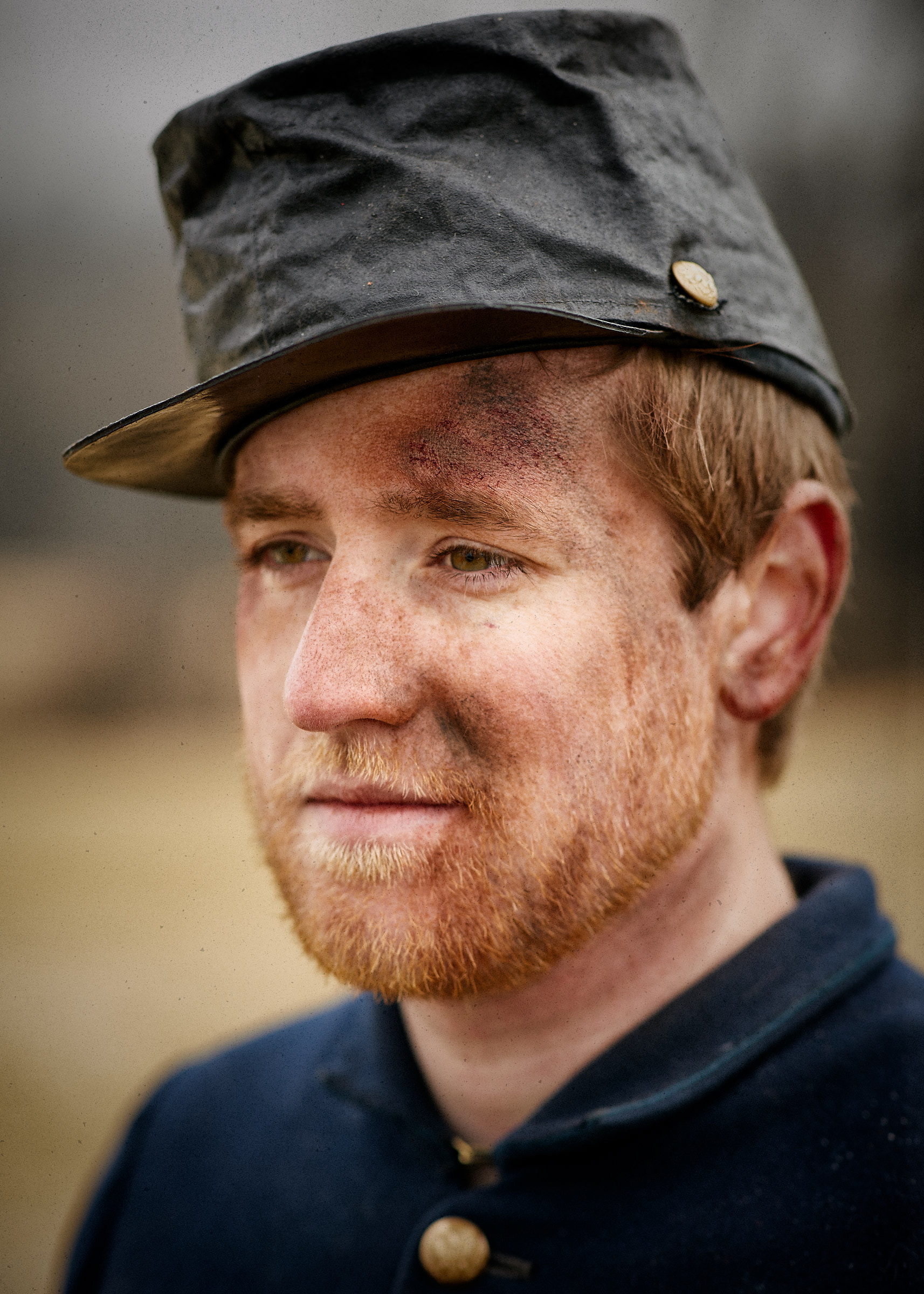




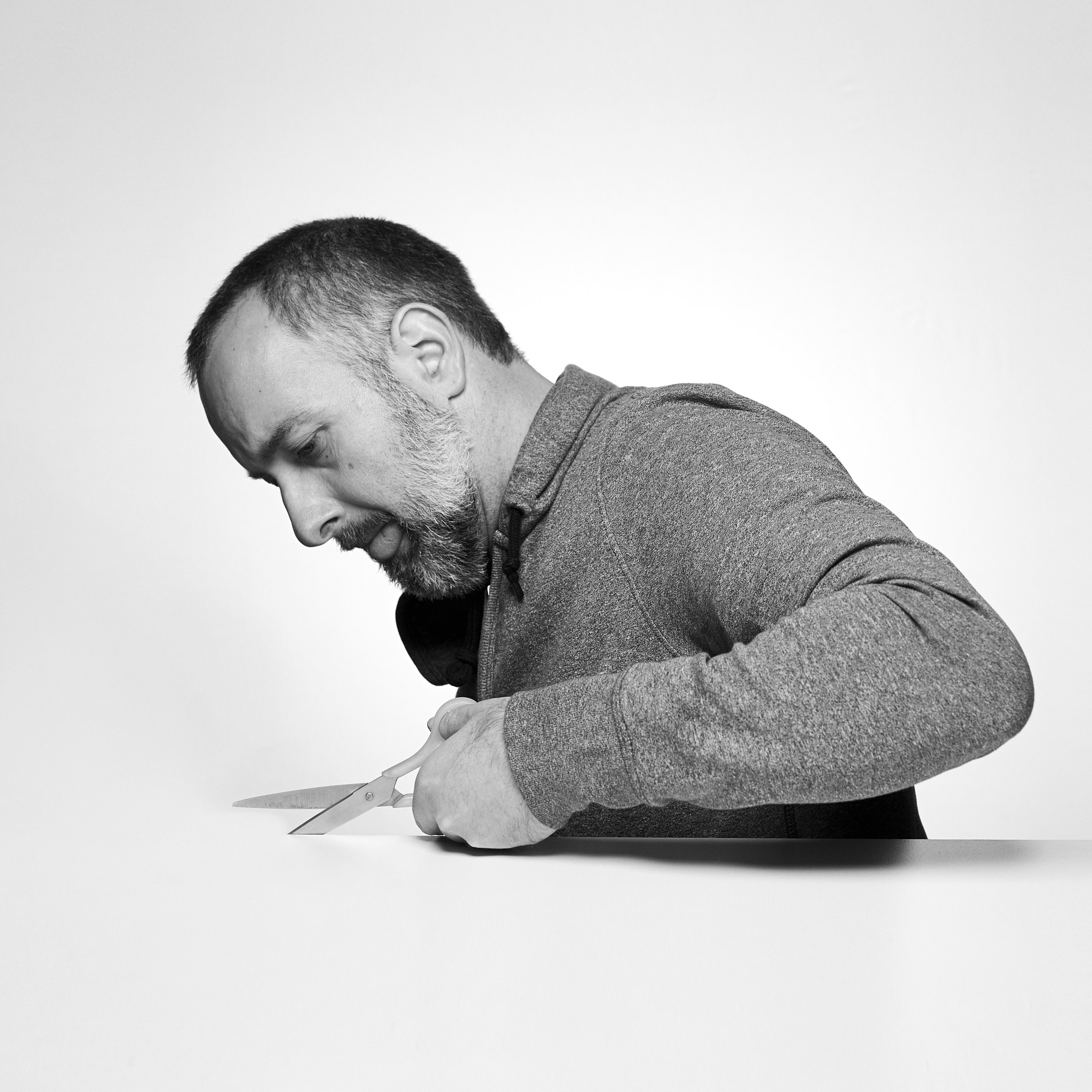
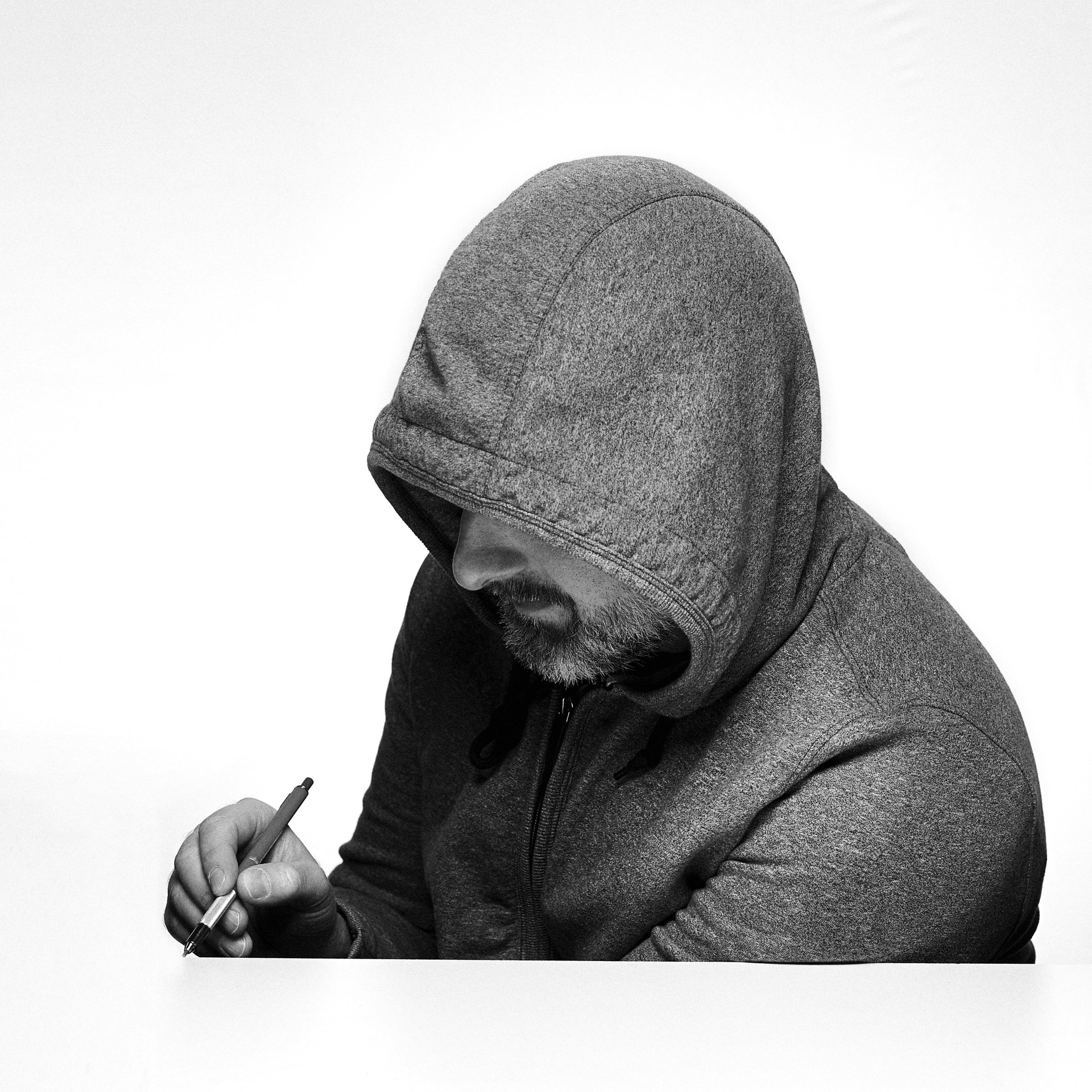
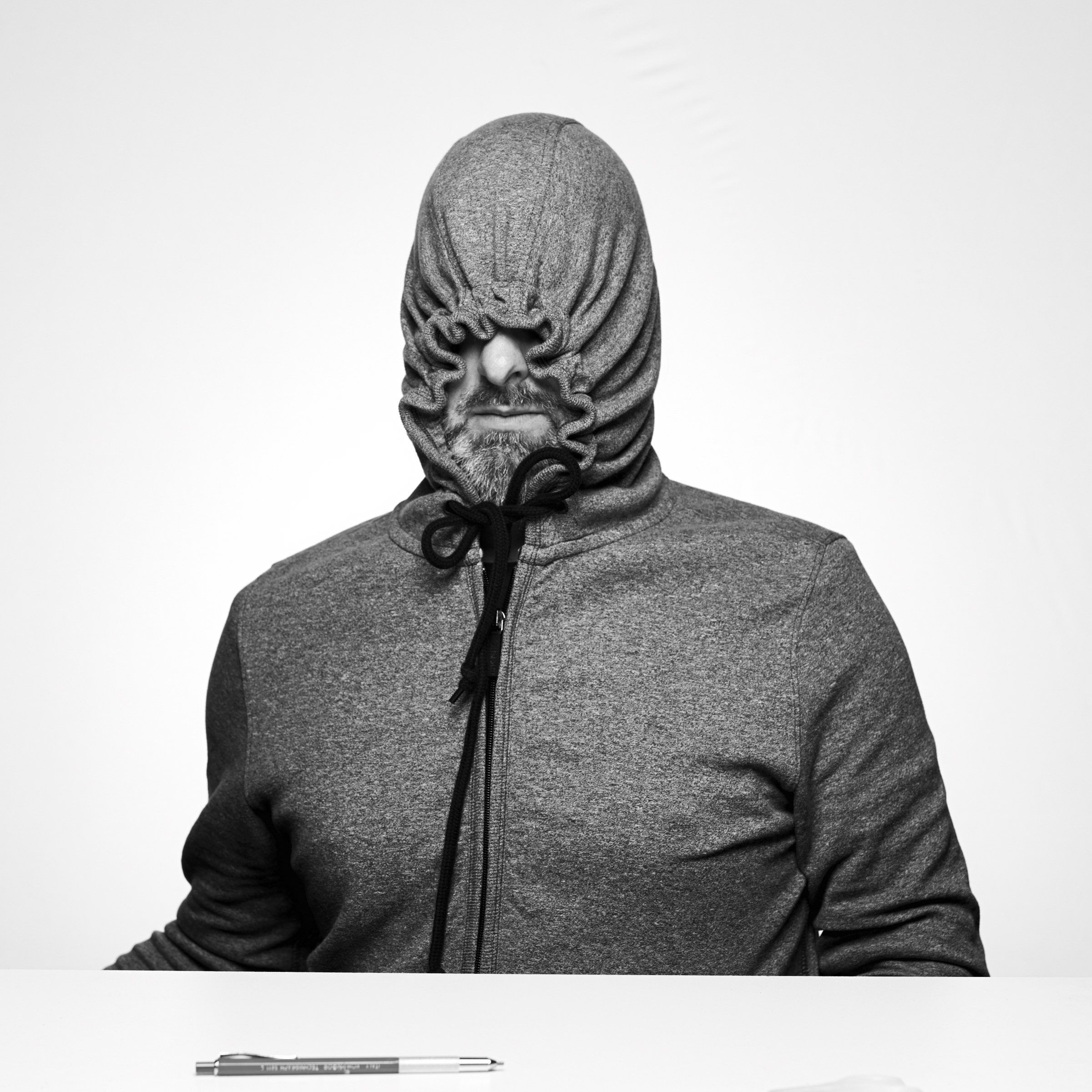
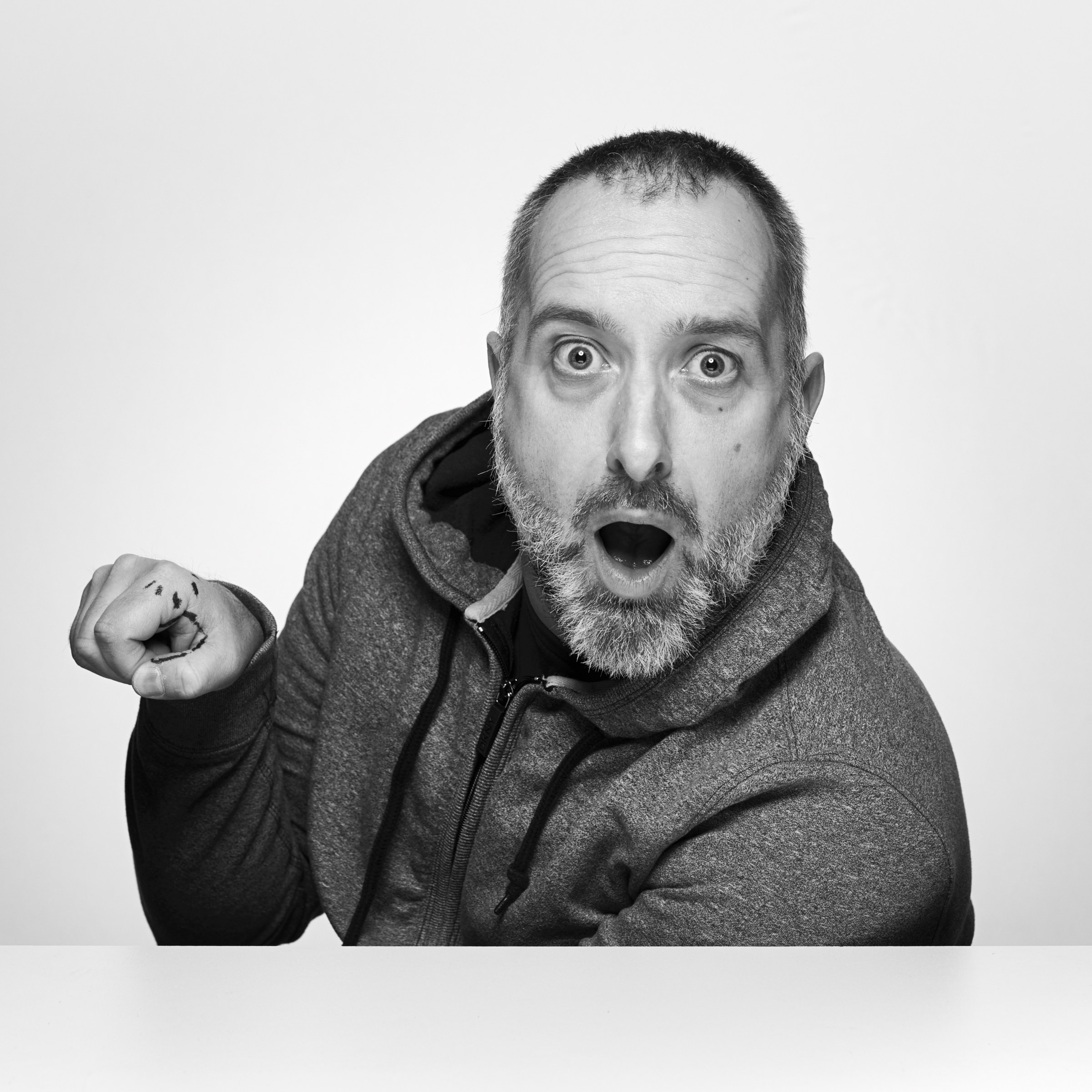
![Harry Evans, sound engineer at The Noise Distillery, for the American Advertising Federation. [Image © Matthew Rakola]](https://images.squarespace-cdn.com/content/v1/5810b797414fb5635ec17858/1540314975982-PZGX9YYRPGFPWF7CL9Q4/18-102-0121.jpg)

![Mia Regalado, President of Cerebral Lounge, for the American Advertising Federation. [Image © Matthew Rakola]](https://images.squarespace-cdn.com/content/v1/5810b797414fb5635ec17858/1540314974007-X625M04E2K3ZXWDP2PPY/18-102-0087.jpg)




![Sim LeCompte, copywriter at Ogilvy DC, for the American Advertising Federation. [Image © Matthew Rakola]](https://images.squarespace-cdn.com/content/v1/5810b797414fb5635ec17858/1540314984780-J4RW6UGMMV8BCBSXL80J/18-102-0330.jpg)


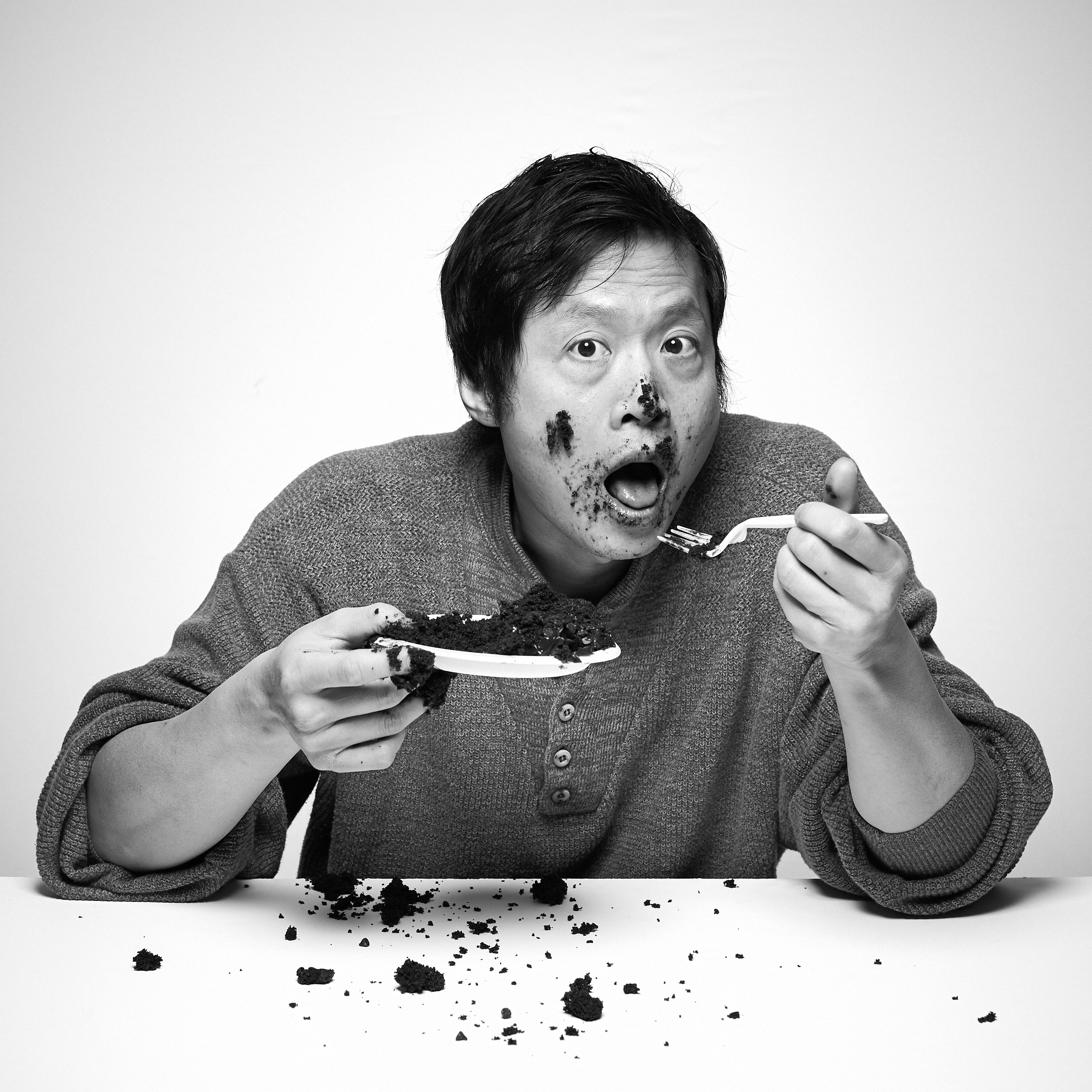

![Portrait of Michael Douglas made on May 17, 2018 on Solomons Island, Maryland, for Science News. [copyright Matthew Rakola]](https://images.squarespace-cdn.com/content/v1/5810b797414fb5635ec17858/1529069529699-R7AZ9618AW8BGEH2WDT9/18-117-213.jpg)

